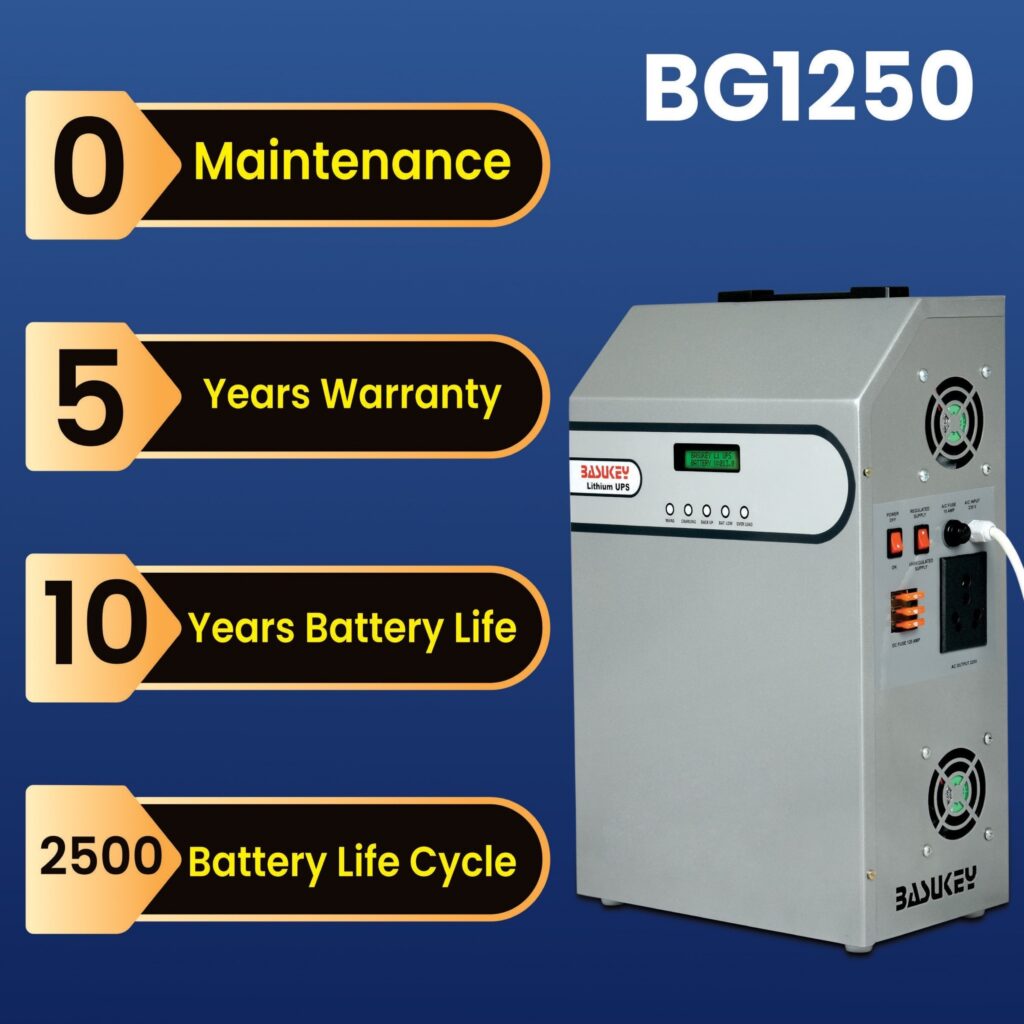The Energy Requirements of the Internet of Things (IoT)
The Energy Requirements of the Internet of Things (IoT). The Internet of Things (IoT) is transforming industries, homes, and cities by connecting billions of smart devices that communicate and operate in real time. From smart homes and autonomous vehicles to industrial automation and AI-driven infrastructure, IoT is enhancing efficiency and convenience. However, this rapid expansion comes with a critical challenge—energy consumption. As IoT networks grow, their power requirements will become a key factor in sustainability and scalability.
This article explores how much energy IoT consumes, where the power demand comes from, and the sustainable solutions for the future.
How Much Energy Does IoT Consume?
The number of connected IoT devices is projected to reach 50 billion by 2030, and each device requires power for:
✔️ Data transmission (Wi-Fi, Bluetooth, 5G, LPWAN)
✔️ Data processing & storage (Cloud & Edge computing)
✔️ Device operation (Sensors, actuators, processors)
A 2022 study by the International Energy Agency (IEA) estimated that IoT-related electricity consumption could exceed 1,500 TWh by 2030, equivalent to the total electricity consumption of Germany and Japan combined.

Biggest Energy Consumers in IoT
🔹 Smart Homes & Consumer Electronics – Smart thermostats, lighting systems, security cameras, and voice assistants.
🔹 Industrial IoT (IIoT) & Automation – Smart factories, predictive maintenance, and robotics.
🔹 Smart Cities & Infrastructure – Traffic management, smart grids, and connected public services.
🔹 Connected Vehicles & Transport – Autonomous cars, fleet tracking, and AI-driven logistics.
🔹 Healthcare IoT – Remote monitoring devices, wearables, and telemedicine applications.
Why Is IoT Energy Consumption a Concern?
1. Growth in Connected Devices
Each device requires power to operate, communicate, and process data. With billions of devices in use, even small energy footprints per device add up to massive global energy consumption.
2. Data Centers & Cloud Computing Load
IoT devices generate vast amounts of data, which are processed and stored in data centers. These facilities already consume 1% of global electricity and could demand much more as IoT scales up.
3. Network Infrastructure Power Usage
IoT networks rely on 5G, Wi-Fi, and Low-Power Wide-Area Networks (LPWANs) for connectivity. 5G networks alone are expected to consume 2-3 times more energy, than previous generations due to their higher data rates and density.
4. Battery Life & Waste Management
Most IoT devices run on batteries, leading to challenges in longevity, replacement costs, and electronic waste disposal.
Strategies for Reducing IoT Energy Consumption
1. Low-Power IoT Networks & Protocols
Using energy-efficient connectivity protocols can significantly reduce power consumption:
🔹 Low-Power Wide-Area Networks (LPWAN) – NB-IoT, LoRaWAN, and Sigfox optimize energy use for long-range communication.
🔹 Bluetooth Low Energy (BLE) & Zigbee – Ideal for smart homes and industrial applications requiring low data rates.
🔹 Wi-Fi 6 & 5G Enhancements – Advanced sleep modes and energy-efficient designs are improving wireless network sustainability.
2. Edge Computing for Localized Processing
🔹 Instead of sending all data to cloud servers, Edge Computing allows devices to process information locally, reducing energy-hungry cloud operations.
🔹 AI-powered edge analytics enables devices to filter and transmit only essential data, saving bandwidth and power.
3. Energy Harvesting Technologies
Future IoT devices can power themselves using:
🔹 Solar & Ambient Light – Smart sensors with integrated solar panels.
🔹 Vibration & Motion Harvesting – Wearables and industrial machines capturing kinetic energy.
🔹 RF Energy Harvesting – Using electromagnetic waves from Wi-Fi and radio signals for wireless power.
4. Smart Power Management & AI Optimization
🔹 AI-driven predictive analytics can optimize power usage based on demand patterns.
🔹 Sleep & Wake Modes allow IoT devices to power down when not in use.
🔹 Dynamic voltage scaling reduces energy consumption in real time.
5. Sustainable Data Centers & Renewable-Powered IoT
🔹 Cloud providers like Google, Amazon, and Microsoft are investing in renewable energy for data centers.
🔹 Deploying localized microgrids and decentralized solar-powered IoT systems can further enhance sustainability.
The Future of IoT Energy Efficiency
With the continued expansion of IoT, energy efficiency must be a priority. Sustainable solutions will shape the next generation of connected devices, including:
✅ AI-powered smart energy grids to dynamically adjust power distribution.
✅ Zero-power sensors that operate on energy harvesting alone.
✅ Biodegradable electronics to reduce environmental impact.
By integrating clean energy solutions and advanced power-saving technologies, IoT can drive digital transformation without overburdening the planet’s energy resources. The Energy Requirements of the Internet of Things (IoT)
Final Thoughts
Balancing innovation with sustainability will be key to ensuring that IoT enhances efficiency without straining global power systems. As the world transitions to renewable energy and smarter grid technologies, IoT must evolve with it, adopting low-power designs, edge computing, and energy harvesting to minimize its impact.
The Energy Requirements of the Internet of Things (IoT).
